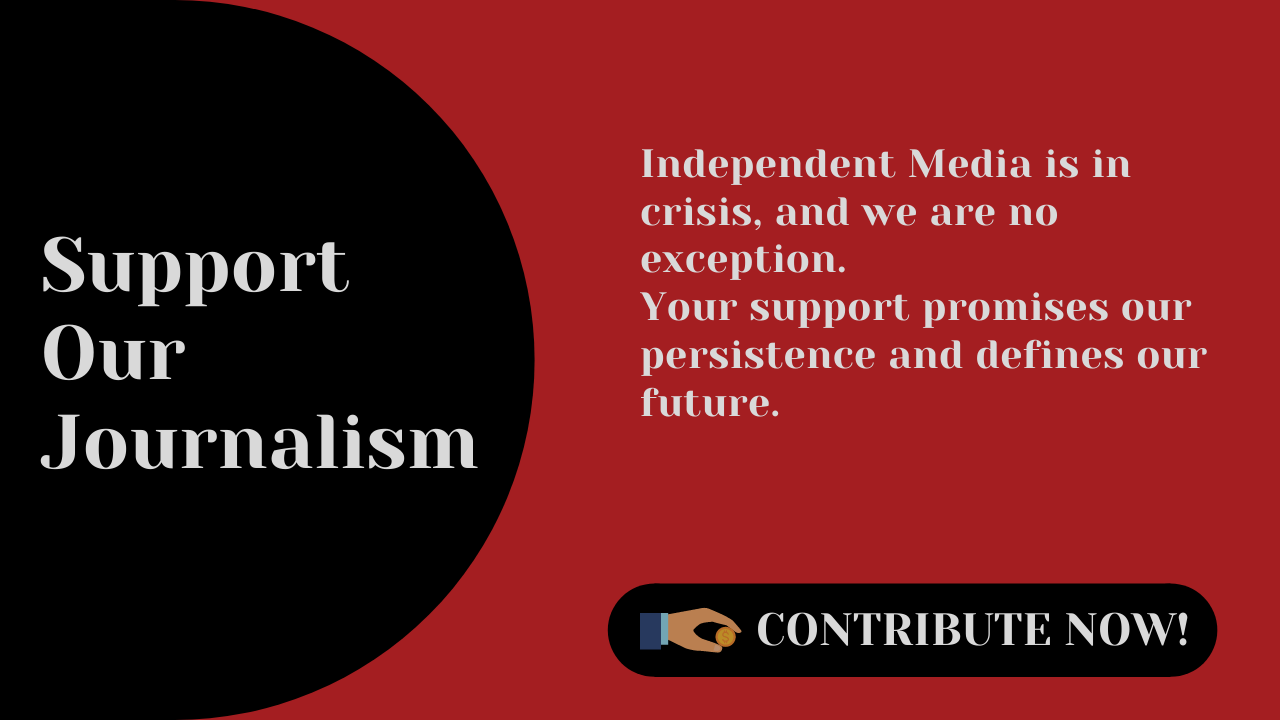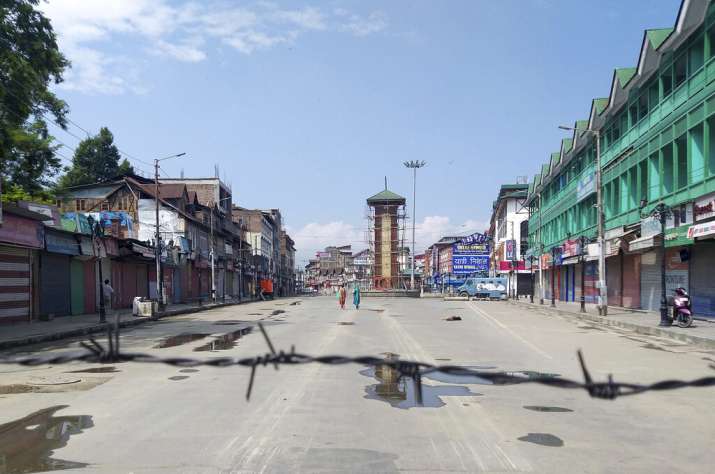August 4, 2019: The Haunting Entry in My Diary

A Mass Communication graduate, Tahil has worked as a Multimedia…
‘In the night of broken glass, I pray someone finds my diary, somebody knows my story’
The cycle of dark nights had just begun, when I sat to scribble the saddest lines.
It was 3:00 am, on August 4, 2019, and Kashmir was once again cut-off from the rest of the world.
“The sea of apprehensions,” the insomniac me made a quick entry in my diary, “takes no time to flood the conscious mind when our history and subconscious are both bruised with brutal annihilations.”
Hours before the darkness, I had embarked on a routine journey to Kashmir University amid speculative airs.
Srinagar, as bard Agha Shahid once lamented, hunched like a wild cat. But there were no lonely sentries, wretched in bunkers at the city’s bridges. Far from their homes in the plains, a battalion of them was now being flown in sorties.
Support Our Journalism
You are reading this because you value quality and serious journalism.
But, serious journalism needs serious support. We need readers like you to support us and pay for making quality and independent journalism more vibrant.
Were they, as Shahid—“the witness, the beloved”—wrote: licensed to kill?
The question kept Kashmiris on the edge of their seat at a time when another phase of enforced desolation was haunting their homeland.
A torrent of dizzying orders had directed non-local tourists, pilgrims and students to vacate the valley. Around 8 million natives, along with some seven hundred thousand reported forces, were left behind in the region for some unprecedented event.
What was coming, nobody could tell. Even the tested information assets of New Delhi in Kashmir were calling anybody who was somebody in the erstwhile state to know: “What’s happening?”
The wailing vale—where woe and vow remain the strange bedfellows—was never so information blackhole, as it had become in the run-up to the resounding thumping benches in the capitol.
Amid manic and mixed feelings, I visited my disconsolate campus to meet my project supervisor.
As coming events had already cast their shadows in the valley, I called up my friend for the last meeting before forced to live cavemen’s lives. Being a hopeless positive, the friend said that we would meet the next day. I yielded, to the misfortune of our last unmade memory…
We wouldn’t get to hear from each other for the following 71 days.
Past two weeks since we had last met, Operation Article 370 was covertly being fuelled in power corridors. BJP was never so close and confident to realize the dream of its fountainhead, Syama Prasad Mukherjee, the Bharatiya Jana Sangh leader who died in Sheikh Abdullah’s prison in 1953.
Almost 70 years down the line, some new-age right-wingers were still seething with a vengeful huff. For Lotus to finally come of age in the conflict zone, the defiant natives had to be made prisoners in their own homes.


Organized through word-of-mouth, leaking on purpose, government circulars and later official advisories, everything came to circle people in a systemic hysteria. There was a dread looming large over the valley and I, along with my other friends of the varsity’s Media House, discussed snippets of the rampant rumours.
“Hysteria,” my friends laughed the dread off.
They called it a systemic frenzy and some kind of ‘Psyop’ created by the state to weaken the mental capacities of people steadily. Somebody reminded us of the ‘braid chopping’ scenario that took place a year before to cripple people the same way. My friends said that it was the same panic created this time by issuing ‘advisories’.
It’s strange that miseries to befall people of this land are foretold ahead, and begin in a light-vein: ‘dapaan’, they say.
So they had already said that ‘Eiz patte gachan halaat khabraab’ (Situation will falter after Eid). But it was with a slight difference of time that many days before Eid, thousands of troops were dispatched to the “integral part”.
The local unionists were apparently caught off guard, and so we were told, as New Delhi was remote-controlling the region. Abdullahs and Muftis tweeted their anxieties over the state’s fitful mood.
Not that the local unionists had ever appealed to my faith, but their plight was telling. Their loyalty was about to be discarded, and for the first time, they were to suffer the commoner’s fate in Kashmir.
And the man who ensured that has been since then sent on a sabbatical to Goa, for a prize-posting.
The Faxgate governor earlier drafted from Bihar for the “mission Kashmir” kept allying fears, saying everything is hunky-dory. “As of today, I assure you, everything is fine,” ex-Raj Bhavan man, Satya Pal Malik, said during the peak crisis hour. “But what happens tomorrow, I can’t tell.”
The shrewd-worded statement was telling, for it left nothing for imagination. The dark hour was indeed on us.
As hostels became ghost houses, my university friends rushed to their homes on war-footing. On their journey back home, they had heard all possible stories—‘Trifurcation of the state, war with Pakistan, preparations to curb protests over the possible passage of a political prisoner…’
Many such theories were in the air, as the state-sponsored delirium went on.
As everybody was stockpiling essentials, I was trying to complete my Masters dissertation. It was supposed to be the last month of our project and we had to submit it on August 7, so that by the end of the month, we would be stepping into real life.
Like my other friends, I acted like pigeon about to die. It was like closing our eyes on instinct seeing the cat ready to pounce on. I tried best to race the pages of my thesis to meet the deadline and that- would not happen.

Growing up in the 2000s, the era when Healing Touch had become a new political tokenism in Kashmir, I was forced to look into my political identity at a young age. I wasn’t troubled kid of turbulent nineties in the valley, and yet I had to live with the 2008 Amarnath land agitation, the 2009 Asiya Neelofar case, 2010 Tufail Matto’s killing and 2016 street upheaval.
Crimson memories would remain ripe for all the times to come. The bitterness of teargas shells stayed and the smell of the innocent blood didn’t leave. Here I was with my well-sorted politically-alienated, territorially-suppressed self that 2019 again came crystallizing my subjugated identity.
At the twilight of August 4, 2019, the tweets of local unionist and pro-freedom leaders could tell an imminent massive communication clampdown. Everybody started bidding one another goodbye on social networking sites.
As we were about to relive hostage lives, the coming of the jackal on the pasture wasn’t a mere theory now.
‘What if we get killed?’ I asked my friend that night. But I was reminded of our pending work, ‘We’ve to complete our dissertation, and if we don’t, then we’re naturally dead!’
There was an obvious cracking of voice in such reassurances. The fear had taken hold of us all by then.
I still tried to keep myself sane till ‘Emergency Calls Only’ marked on my cellphone and the cellular network and internet both went down.
At 2’o clock in the midnight, I was staring at the ceiling with night lamp on. On my bedside, there was a copy of my friend’s unfinished dissertation, “Narratives on Kashmir Conflict: A Comparative analysis of two selected novels.”
I tried to ring my friends up, knowing it was futile. I titled the file of this project and pushed it to the corner of the table.
That night, my diary recorded the haunting entry: “I don’t know, if I live to see what ensues. I don’t know, if I can meet my friends again. I don’t know, if the jets hovering all over the sky bomb us all tonight. In the night of broken glass, I pray someone finds my diary, somebody knows my story.”
To help us strengthen the tradition of quality reading and writing, we need allies like YOU. Subscribe to us.
Mountain Ink is now on Telegram. Subscribe here.
Become Our Ally
To help us strengthen the tradition of quality reading and writing, we need allies like YOU. Subscribe to us.
A Mass Communication graduate, Tahil has worked as a Multimedia Content Creator for various local and national developmental projects. Previously, he worked with the Communications team of ActionAid India.










